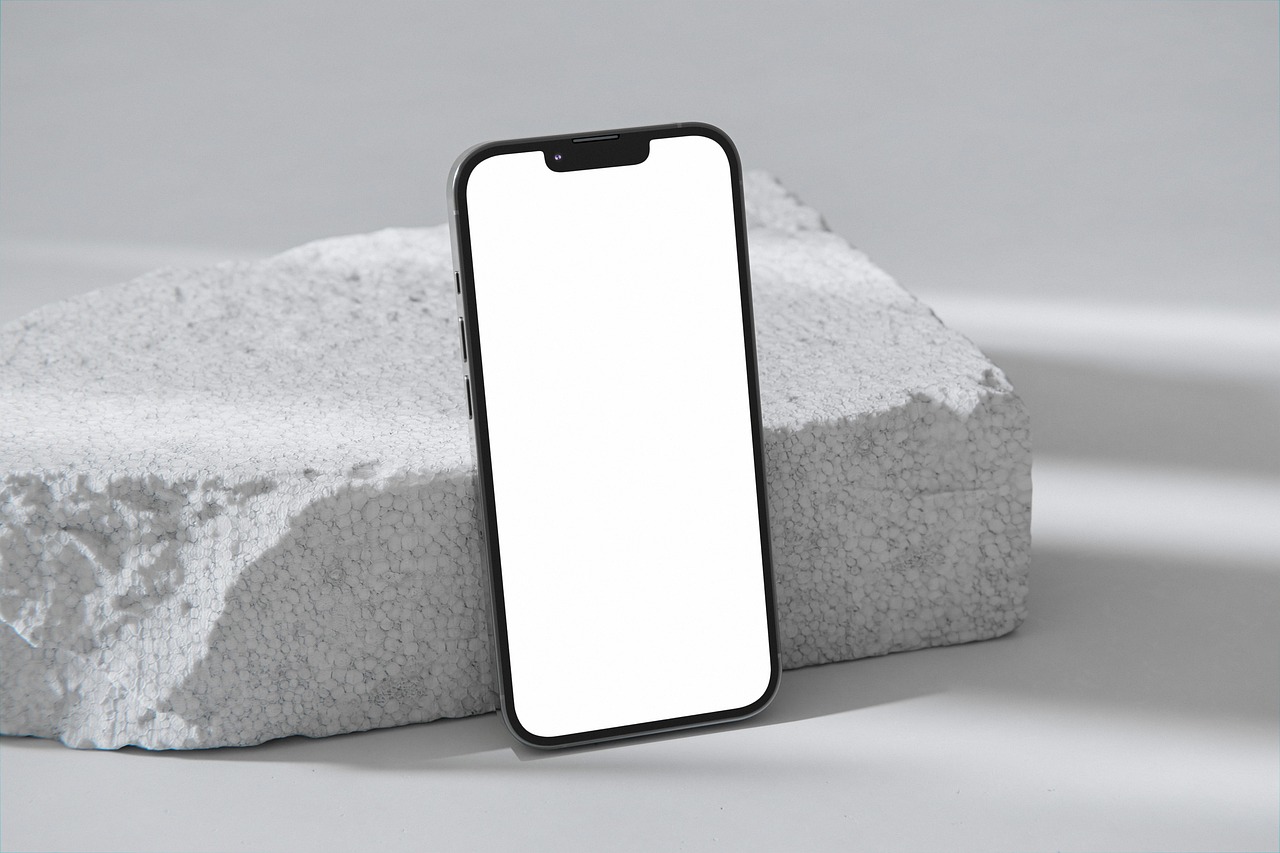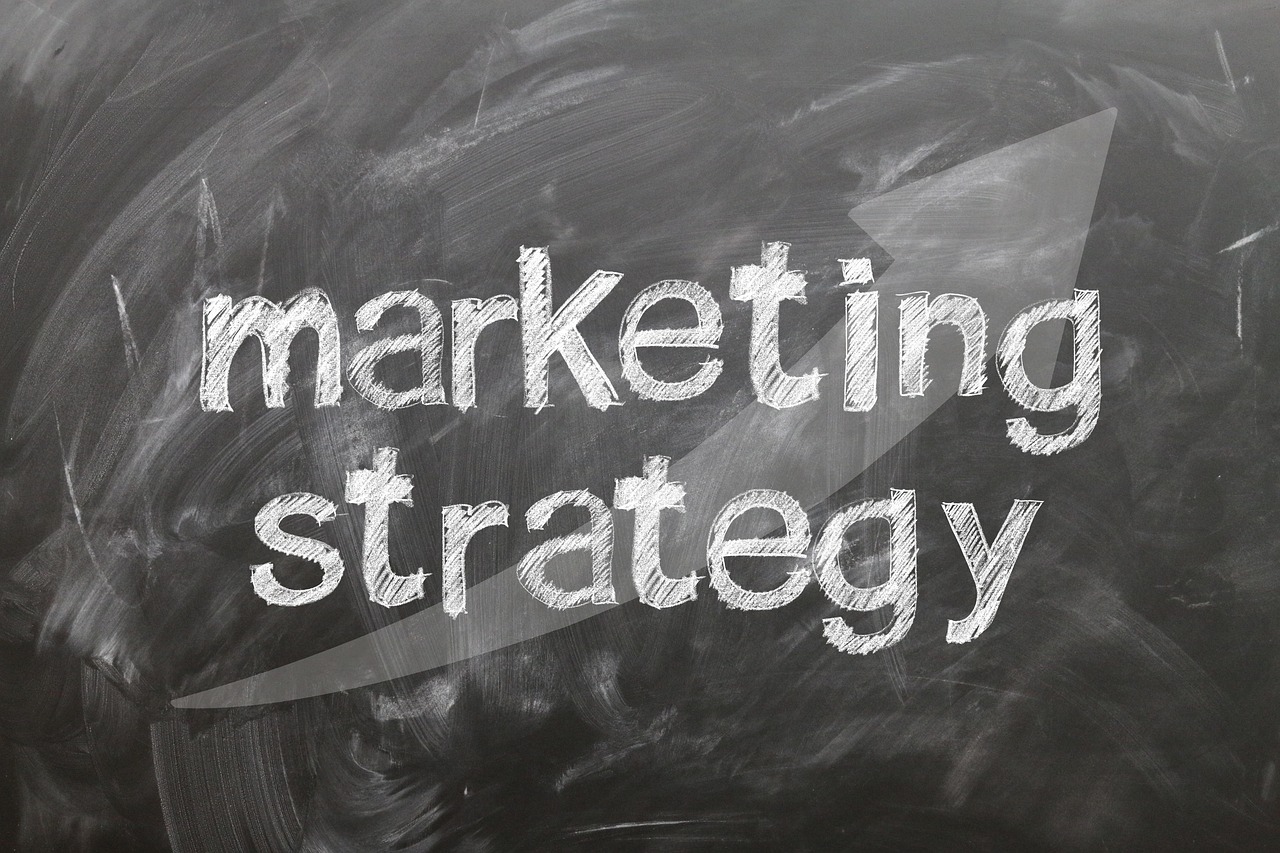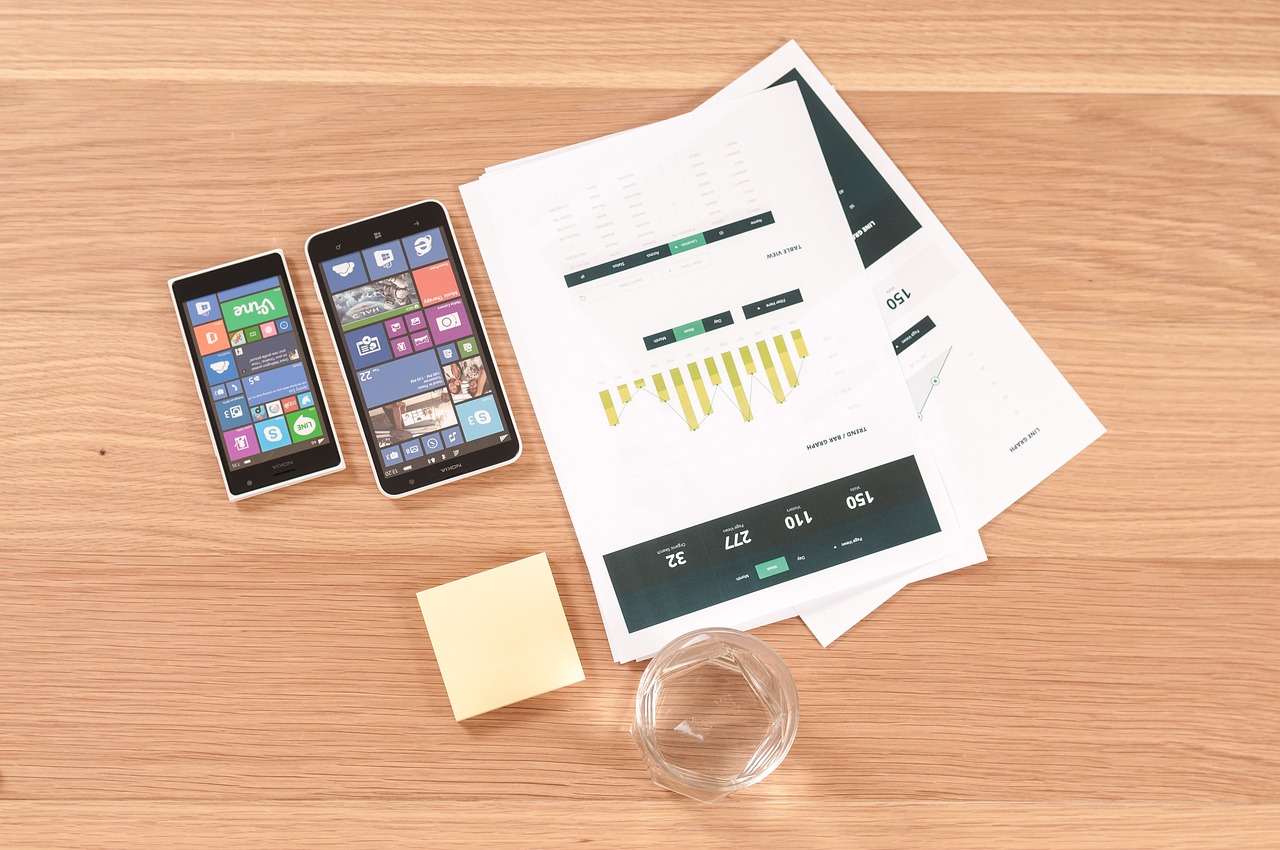There’s something oddly comforting about spotting a brand you know and instantly recognising it. Whether it’s from a logo, a distinct colour palette, or even the style of imagery they use. That click of familiarity? That’s the power of consistent visual branding at work. And in today’s fast-moving digital world, where attention is fleeting and first impressions happen in milliseconds, that visual consistency doesn’t just make your brand look polished. It builds trust.
Let’s break it down and look at the real reasons why keeping your brand visuals consistent is so much more than just a “nice-to-have”.
The Psychology Behind Consistent Visual Branding
People are hardwired to seek patterns. Our brains love familiarity because it’s safe. It signals reliability. When a brand shows up looking and feeling the same across all channels, that consistency sends a subtle but powerful message: “Hey, you can trust us. We’re reliable, just like our look.”
There’s actual research backing this up. A 2023 study by the University of Edinburgh showed that brands with visually coherent identities were remembered 60% more often than those with inconsistent presentation. Why? Because consistency reduces cognitive load. When people don’t have to re-learn who you are every time, they’re more likely to recall you, and more importantly. Trust you.
What Makes a Visual Identity “Consistent”?
This isn’t just about slapping your logo on everything and calling it a day. A coherent brand identity involves several key elements coming together beautifully:
- Logo – Used consistently in placement, size, and variation
- Colour palette – A specific set of colours that evoke the right emotions and vibes
- Typography – Fonts and text styling that match your brand’s tone
- Imagery and graphics – Style of photos, icons, and illustrations that create coherence
- Tone of voice – Yep, even your words are part of your visual story
Think of these as the ingredients in a signature cocktail. They each bring their own flair, but if you start switching them out carelessly, you’re serving up something very different. And probably not what your audience ordered.
My Own Wake-Up Call With Branding Consistency
A few years back, I worked with a startup in Manchester that had an incredible product in the sustainability space. But their branding? A complete mishmash. Each platform looked like it belonged to a different company. Social posts were quirky with hand-drawn illustrations, the website looked like a fintech site, and their print material resembled a corporate report from 2008.
When we finally sat down and ironed out their visual identity. Defined fonts, tightened up the colours, created a proper brand style guide. The shift was massive. Social engagement doubled within three months. Site traffic increased, but more importantly, bounce rates plummeted. People finally got who they were.
How Design Consistency Boosts Engagement and Recall
Ever heard someone say, “I don’t remember the name, but I know the logo was red and had a triangle”? That’s visual memory at play.
When your brand visuals are uniform across all touchpoints. Website, social, ads, packaging. It makes it easier for people to remember you. That might not sound groundbreaking at first, but here’s where it gets interesting: studies have shown that consistent branding can increase revenue by up to 33% (Lucidpress, 2024).
It also helps build emotional connections. People begin to associate certain aesthetics with your values. If your look constantly shifts, it becomes hard for customers to connect or feel like they’re part of something bigger.
How Creative Agencies Keep Brands Looking Sharp
This is where partnering with a seasoned creative agency can make all the difference. We’re not just talking pretty pictures. Agencies bring structure, systems, and. Let’s be honest. A bit of tough love.
Here’s what strong agencies often implement:
- Brand style guides: Clearly defined “rules” for how your brand should appear, behave, and sound
- Digital asset management systems: Centralised hubs so your team uses the right files and doesn’t dig out old logos from their inboxes
- Design templates: Locked-in layouts for everything from pitch decks to Instagram stories
- Audit and QA processes: Regular checks across platforms to ensure visual integrity
Having worked on branding for several UK-based companies, I’ve seen first-hand how just having these in place cuts down confusion and keeps everyone rowing in the same direction. Especially when you’ve got multiple teams or external collaborators involved.
Real-World Examples: Brands in the UK Getting It Right
Let’s talk homegrown success stories.
Monzo – The neon coral debit card. Need I say more? Even their app UI and illustrations echo the same playful, modern energy. Monzo’s brand is tight. And it shows in how intensely loyal their users are.
Innocent Drinks – From their childlike illustrations to their cheeky bottle copy, every touchpoint feels like a charming wink. And guess what? People trust them as a result.
Barbour – Total opposite aesthetic but just as strong. Classic, British, heritage vibes carried through their typography, colour schemes, and even photography style. It’s no wonder they’re one of the few heritage brands adapting so gracefully to the digital age.
These brands understand that clarity breeds credibility. And credibility? That’s the currency of trust.
So, Where Does That Leave You?
A lot of businesses fall into the trap of thinking that consistency will make their brand feel boring. But the reality is, when you’re consistent with your visuals, it gives you more space to get creative within your rules. It’s like jazz. You need structure before you can improvise.
Whether you’re just starting out or looking to spruce things up in 2025, taking a hard look at your visual identity is worth the effort. Ask yourself:
- Do our visuals match the story we want to tell?
- Are we showing up the same way everywhere?
- Can customers recognise us at a glance. Without seeing our name?
If you’re not sure how to answer those, it might be time to bring in some expert eyes.
“A brand is what people say about you when you’re not in the room.” – Jeff Bezos doesn’t miss with that one.
Don’t let a sloppy visual identity do the talking for you.
Frequently Asked Questions
Why does visual consistency impact consumer trust?
It signals reliability and professionalism. When a brand presents itself consistently across platforms, people feel more confident that the business is established and dependable. It’s a bit like turning up to a date wearing the same torn hoodie versus dressing for the occasion. First impressions matter.
What’s the difference between branding and visual identity?
Branding is the full experience. Your story, tone, values, and mission. Visual identity is one piece of that puzzle. It’s how your brand looks. Think colours, logos, typography, and spacing. Consistent visual identity reinforces your broader brand message.
Can small businesses afford to maintain brand consistency?
Absolutely. It doesn’t have to cost the earth. Even simple tools like Canva or Notion can help document your colour codes, font pairings, and image style. The key is sticking to them. Hiring an agency early on can help set up a solid foundation you can manage in-house.
How often should a brand update its visual identity?
That depends on the market, audience, and business goals. A refresh every 5-7 years is common, especially for growing businesses or those looking to reposition. That said, consistency matters most. If you change, do it intentionally and communicate it clearly.
What’s the best way to get started on a brand refresh?
Start with an audit. Look at every touchpoint. Social, email signatures, your website, packaging. Identify what’s off-brand or inconsistent. Then decide if you’re tweaking or doing a full-scale creative rebrand. Either way, investing in a professional style guide is a great first step.
If you’re nodding along and thinking, “yep, our brand could use a bit of TLC”, let’s chat. Creative chaos is fun during the brainstorming phase, but when it comes to going to market? Consistency wins every single time.
Let’s build something that looks great, feels right, and earns trust. Reach out. Your brand’s best look is waiting.






